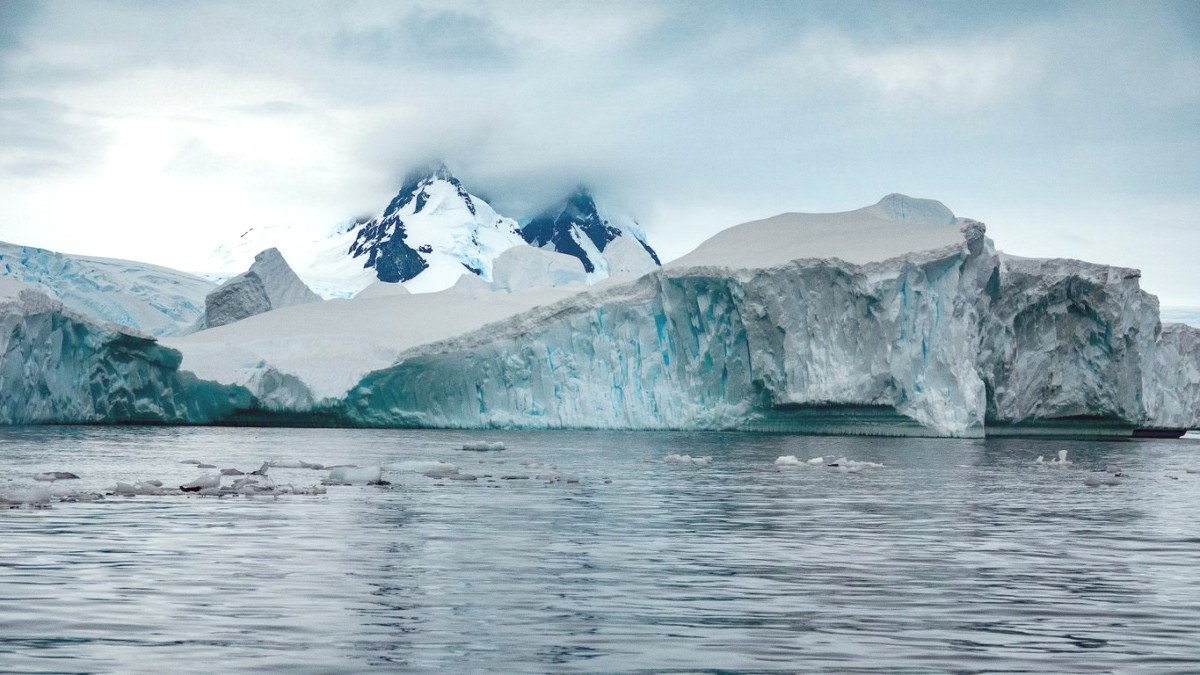
The nearby destinations are the various landing sites and waterways of the Antarctic Peninsula itself, which your expedition ship visits daily. The itinerary is flexible, the captain and expedition leader choosing the best locations based on weather, ice conditions, and wildlife sightings.
Every landing site and zodiac cruise a "day trip" from your ship.
All expeditions within Antarctica are managed from your ship, creating a seamless experience.
All transport to destinations via the expedition ship and its fleet of zodiac boats. Movement from ship to landing sites, or cruising in zodiacs around icebergs and wildlife. No other transportation options exist in Antarctica.
Only organized tours, expedition cruises with IAATO-approved operators, permit travel to Antarctica. Independent travel highly restricted.
Consider booking day trips and excursions for your pre or post-Antarctica travel in South America.
Every landing and zodiac cruise into the Antarctic Peninsula provides a profound natural escape, immersing you in pristine wilderness.
The entire continent a natural reserve devoted to peace and science. Specific areas are often chosen for landings due to ecological significance.
Cruising through Lemaire Channel displays towering cliffs and dramatic ice formations. Bays like Neko Harbor offer panoramic glacier views.
Observing whales feeding common. Witnessing a glacier calving, while unpredictable, another awe-inspiring natural event.
Landings occur on pebble or black sand beaches. Mountains rise dramatically from the sea. No traditional rural areas, but vast, uninhabited land unique sense of wilderness.
Cultural excursions focus on historical sites related to exploration and scientific endeavors.
Advance planning for communication, finances, and etiquette ensures a smooth journey.
Local SIM cards and mobile phone service not applicable. Service ceases upon ship departure.
Most ships offer satellite Wi-Fi packages for purchase. Connection speed often slow. Get an eSIM for transit cities Portable Wi-Fi solutions
Send postcards from Antarctica at the historic Port Lockroy Post Office.
Never leave trash. Do not remove anything: rocks, feathers, bones.
Maintain 5 meters (15 feet) from wildlife. Do not approach or harass animals.
Clean clothing, boots, bags before and after landings to prevent foreign species transfer.